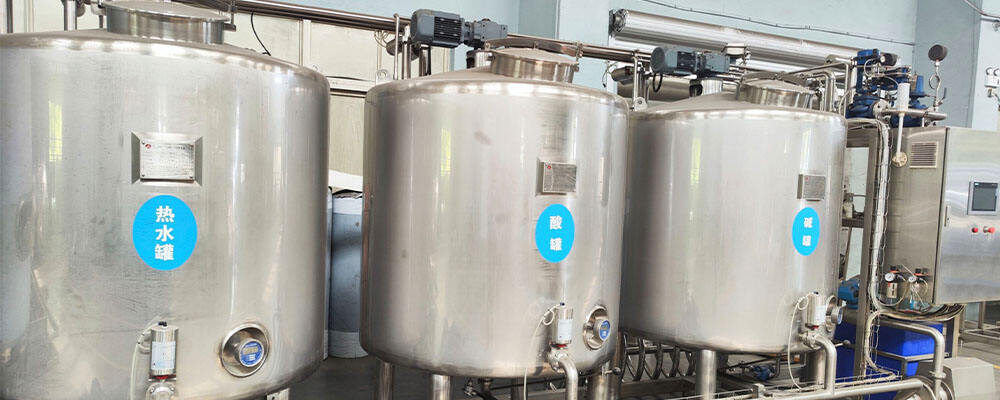What is Water Treatment Equipment?
The RO (Reverse Osmosis) pretreatment process produced by Zoe Pack mainly involves activated carbon and precision filtration. Osmosis is a natural phenomenon where water moves through a semi-permeable membrane from the side of low solute concentration to the side of high solute concentration until the chemical potential reaches equilibrium. At equilibrium, the pressure difference on both sides of the membrane equals the osmotic pressure, resulting in the osmotic effect.
Reverse osmosis occurs when pressure is applied on the side with high concentration, stopping and reversing the osmotic effect mentioned earlier, purifying water by forcing it from the side of high concentration to the side of low concentration. This phenomenon is known as reverse osmosis, and the semi-permeable membrane used is called a reverse osmosis membrane. The working principle is that every substance has its inherent frequency, and water scale, classified as inorganic salts, typically forms on the surfaces of metallic materials used in equipment. The high-frequency oscillating waves released by the SLGP electronic water treatment device resonate with the scale attached to the metal surface, causing it to shatter and peel off, effectively removing scale from both the exterior and interior through a cyclic process.
Simultaneously, as water flows through a high-pressure, high-frequency electromagnetic field, calcium and magnesium ions in the heavy carbonate salts lose their chemical and physical properties as well as their mutual attraction. They gradually form crystal clusters that settle at the bottom and are discharged during wastewater disposal, achieving the goal of scale prevention.
Water treatment equipment is applied in beverage machinery after the reverse osmosis system. It utilizes electrodes at both ends of the module to move charged ions in water. Coupled with ion exchange resins and selective resin membranes, it accelerates the removal of ions, leading to water purification with a water resistivity of 15-18M. The hydrogen ions and hydroxide ions needed for the regeneration of ion exchange resins come from water dissociation under high-voltage electricity, eliminating the need for acids or bases in the regeneration process.


 EN
EN
 AR
AR
 BG
BG
 HR
HR
 CS
CS
 DA
DA
 NL
NL
 FI
FI
 FR
FR
 DE
DE
 EL
EL
 HI
HI
 IT
IT
 JA
JA
 KO
KO
 NO
NO
 PL
PL
 PT
PT
 RO
RO
 ES
ES
 SV
SV
 CA
CA
 TL
TL
 IW
IW
 ID
ID
 LV
LV
 LT
LT
 SR
SR
 SK
SK
 SL
SL
 VI
VI
 SQ
SQ
 HU
HU
 TH
TH
 TR
TR
 BE
BE
 LA
LA
 KK
KK


